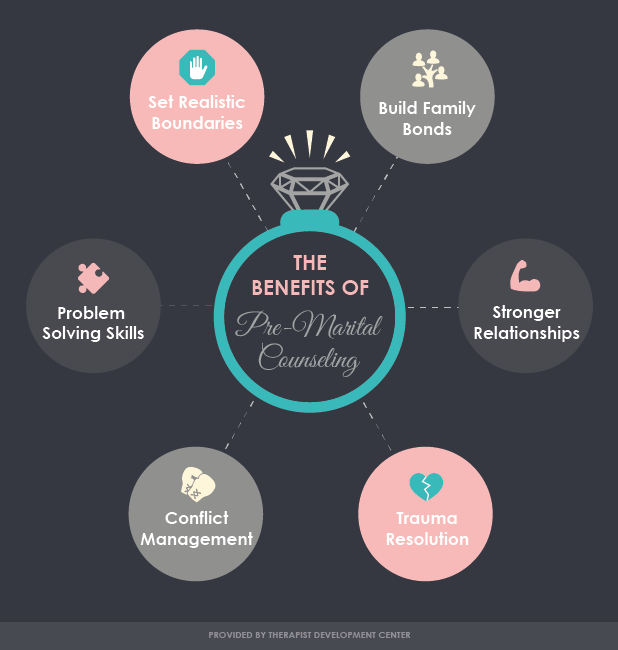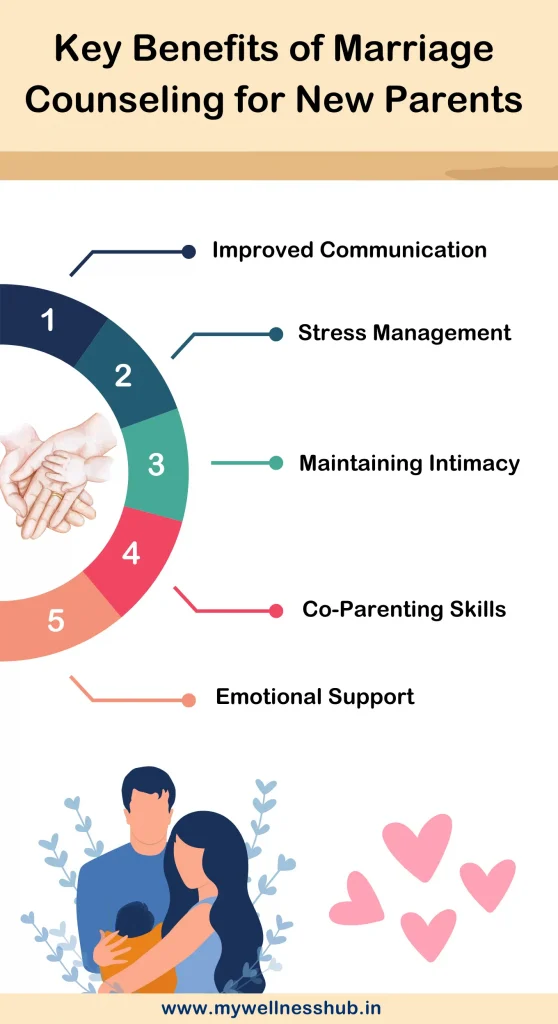A Biased View of Aim Point Counseling
A Biased View of Aim Point Counseling
Blog Article
Aim Point Counseling for Beginners
Table of ContentsThe Ultimate Guide To Aim Point CounselingThe Ultimate Guide To Aim Point CounselingAim Point Counseling Can Be Fun For EveryoneThe 20-Second Trick For Aim Point CounselingThe Ultimate Guide To Aim Point CounselingSome Known Factual Statements About Aim Point Counseling
The longitudinal style involves a pre-treatment survey and two follow-up studies at 3- and 12-months post-intervention. The research study is set in 8 Relationships Australia Victoria centres, throughout cosmopolitan, outer residential areas, and regional/rural websites. Relationships Australia, a non-government organisation, is the biggest company of pair counselling and connection services in Australia.
In Australia, the average size of marital relationship prior to separation is 8.8 years, and about half of all separations entail pairs with youngsters [1] These high rates of connection failure have been regularly related to negative health repercussions for both grownups and kids adhering to divorce/separation. These consist of seclusion from assistance networks, and reduced income and requirement of living for both grownups and youngsters [3], dilemmas of loyalty over youngsters for men, and anxiety and loss of identity for ladies [4,5]
Some Known Facts About Aim Point Counseling.
The results of divorce and splitting up can be damaging, study indicates that high partnership disharmony in undamaged pairs is also most likely to have negative results.
Research study to date has actually identified both couple and private variables that may contribute to connection discord. These include relationship contentment and dedication at the pair degree, and clinical depression at the specific degree.
The Only Guide for Aim Point Counseling
Relationship contentment has actually been the most common end result variable determined in more than 200 analyses of pair counselling [11,12] Research studies have discovered considerable improvements in partnership fulfillment from pre- to post-treatment [13,14] and over the training course of one to two years following therapy [15] In these research studies, partnership satisfaction was most often examined using the Dyadic Modification Scale (DAS) [16] While a lot of research studies indicate improvements in connection satisfaction adhering to couple coaching, they are restricted by the examples and procedures made use of, greatly short-term follow-up time frameworks, and analyses that do not account for the dyadic nature of pair data - christian counseling. Partnership dedication, based on measures such as the Commitment Supply (CI) [19], is an additional frequently explored relationship outcome.
To summarise, study shows that couple-specific variables as well as individual elements might predict the outcomes of couple therapy and partnership solutions. The causal instructions of these partnerships, nonetheless, is much less clear. These observations are essential, given that, to warrant and guide the application of partnership solutions such as couple counselling, empirical evidence must explore both the end results of connection services and the elements that anticipate successful therapy.
There is an expanding consensus that efficiency researches need to be enhanced by efficiency research to best notify medical practice [ 29] The limited performance study that exists to date suggests that pair therapy can improve outcomes such as partnership contentment [33,43], communication abilities and basic wellness [44], a minimum of in some European nations.

We currently understand little concerning the accounts of pairs that look for out connection education and learning compared with those who look for partnership counselling, or the end results of these programs. Unscientific proof recommends that there might be substantial distress amongst at the very least some pairs looking for relationship education.
Unknown Facts About Aim Point Counseling
Feedback involves individuals completing surveys about their connection (e.g. actions of interpersonal problems), and obtaining info on what their ratings show. Cognitive-behavioural approaches advertise changing cognitions to facilitate positive partnerships.
These meta-analyses highlight limitations in the present literature on partnership education. This example account might not represent clients who normally provide for partnership education.
Unknown Facts About Aim Point Counseling

Extremely little study has actually taken a look at the comparative benefits of pair therapy and connection education and learning programs. As clients are likely to self-select into these solution kinds, it is unclear whether particular connection distress accounts existing to every solution type, or indeed whether there is an interaction in between providing profile, solution kind and end result.
(https://www.abnewswire.com/companyname/www.aimpointcounseling.com_153312.html#detail-tab)
Thus, we have consisted of a 12-month follow-up to gauge longer-term fads and effects. The study uses a number of standardized outcome procedures since some previous examinations have been criticised for their lack of standardised assessment [50] The usage of statistical analyses that presume self-reliance of data, such as t-tests, or ANOVAs, has been prevalent in previous studies [ 44,49]
Therefore, we recommend to use multi-level statistical modelling treatments that control for the inter-dependence of pair information to examine any type of treatment impacts. The details goals of the ECC study are to: 1. Map accounts of customers looking for neighborhood agency-based couple counselling vs. partnership improvement programs in regards to socio-demographic and relationship indications (such as partnership contentment, relationship commitment, social problems, and reasons for participating in), along with health (such as clinical depression, basic have a peek here wellness) and wellness solution use (eg.
2. Establish whether couple coaching and partnership education solutions enhance 3- and twelve-month results for connection satisfaction, commitment, and anxiety, utilizing statistical evaluations proper to combine data. 3. Establish the family member contributions of customer elements (private and pair) and therapy/education factors to results at 3- and 12-months, and to sustainability of results with time.
About Aim Point Counseling
Multi-level modelling to establish pre-post distinctions, regulating for dyadic (pair) degree. To contribute to the literary works analyzing the effectiveness of community-based couple therapy.
Report this page